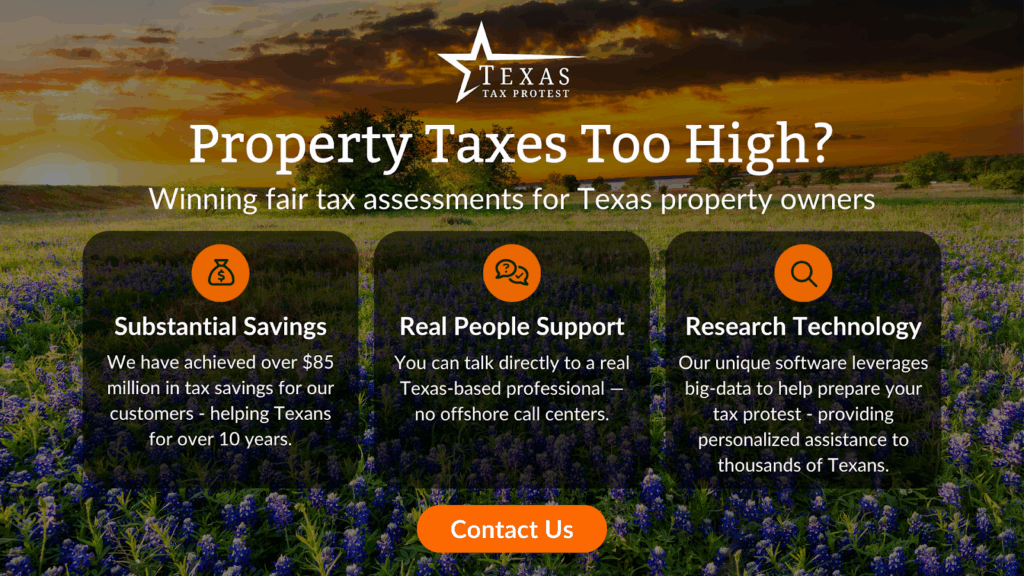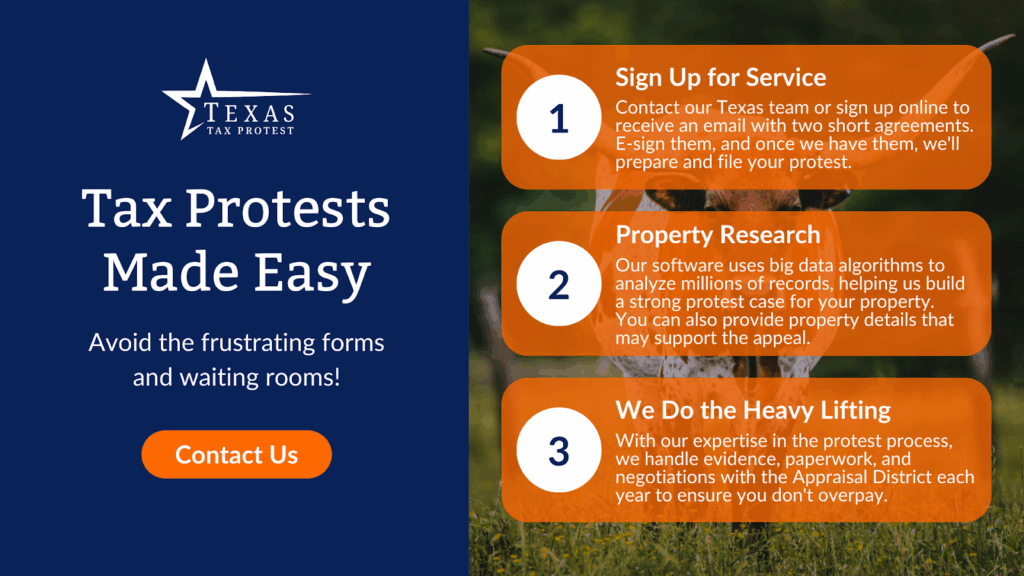
Is Dallas Affordable? Breaking Down the Cost of Living
August 12, 2025
Key Takeaways:
- A Closer Look at Housing Costs: Rent and home prices in Dallas continue to rise, with median home values near $375,000 and average rent for one-bedroom apartments hovering around $1,400. Property tax bills add a major layer to monthly costs, especially for buyers. Location, square footage, and home condition all affect long-term affordability.
- Transportation, Food, Healthcare, and Utilities: Daily costs like gas, groceries, energy use, and insurance can vary based on where you live in Dallas. Public transit options like DART help reduce commuting expenses in connected areas, while utility and healthcare expenses often shift depending on home size, provider, or coverage.
- Smart Ways to Lower Your Cost of Living in Dallas: Reviewing your property tax assessment, applying for exemptions, and making energy-efficient upgrades can lead to significant savings. Staying proactive about reassessments and researching neighborhoods with lower tax rates helps keep long-term costs in check.
Dallas pulses with opportunity, culture, and rising costs. Affordability remains one of the city’s most debated topics. From Oak Cliff’s mid-century bungalows to high-rise condos near downtown, home values across the region continue climbing. For homeowners, landlords, or anyone eyeing the market, the true cost of living in Dallas often raises more questions than answers. What drives those price tags? How do local taxes impact monthly budgets, and what steps can residents take to ease the burden?
At Texas Tax Protest, we work directly with these challenges every day. Our team helps homeowners, veterans, seniors, and commercial property owners make sense of shifting valuations and spot opportunities to reduce their tax burden through strategic protests and exemption guidance. This guide breaks down the cost of living in Dallas across housing, utilities, food, healthcare, and transportation.
Can You Afford to Live in Dallas? A Closer Look at Housing Costs
Housing in Dallas comes with opportunity and pressure in equal measure. While the city offers more flexibility than other major metros, renters and buyers still face real financial trade-offs. From monthly rent to annual property taxes, every line item plays a role in how manageable life in Dallas feels.
According to the MIT Living Wage Calculator, a single adult needs to earn at least $23.06 per hour in Dallas County to cover basic expenses in 2025. With median home prices nearing $375,000 and rent costs continuing to climb, housing remains one of the largest contributors to financial stress in the region.
Renting in Dallas: What to Expect Month to Month
Renters in Dallas have access to a wide range of living options, but affordability depends heavily on location and square footage. As of early 2024, the median rent for a one-bedroom apartment is around $1,400, while two-bedrooms often exceed $1,800 per month. Living near downtown, in neighborhoods like Uptown or Deep Ellum, typically means higher price tags. However, areas farther from the city center may offer more breathing room in your budget.
Families and single renters alike weigh proximity to work, amenities, and transit when deciding where to live. While Dallas does deliver some savings compared to cities like Austin or Houston, the city’s rapid growth means rent continues to rise in many areas. A $23/hour wage translates to roughly $3,680 per month before taxes. For many Dallas residents, housing alone can eat 35%–50% of that income.
Buying a Home in Dallas: The Real Cost Behind the Mortgage
Purchasing a home in Dallas opens up different financial considerations. The median home price hovers near $375,000, but the cost of ownership goes well beyond the purchase price. Property taxes, homeowners’ insurance, HOA dues, and maintenance all add up. Since Texas does not collect a state income tax, the property tax bill becomes one of the most prominent recurring expenses in a homeowner’s monthly budget.
Even buyers with competitive interest rates must plan for annual reassessments that can raise their tax liability. In high-demand neighborhoods or newly developed areas, rising valuations often outpace expectations. For long-term affordability, many homeowners factor property tax protests into their yearly financial routine.
How Property Comparisons Work and Why Adjustments Matter
Evaluating housing costs in Dallas means more than checking listings. To determine whether a property’s assessed value is fair or if you’re overpaying, professionals rely on comparable sales data. These comps are selected based on similar characteristics such as square footage, age, lot size, condition, and location. However, each home is unique. That’s why precise mathematical adjustments are necessary to make an accurate comparison. For example:
- A renovated kitchen may add $20,000–$40,000 in market value, depending on materials and finishes.
- A newer roof might add $10,000 in value when comparing two otherwise similar properties.
- A smaller lot or lack of amenities like a garage or updated HVAC system could lower the fair value.
Overall, this apples-to-apples approach is essential during property tax protests. Our team uses this method to support homeowners seeking reductions on inflated valuations. With strong data, tailored adjustments, and a strategic understanding of your local market, you can build a fair case that reflects your property’s real value.
Revisiting Property Values Each Year
In Dallas, property values are reassessed annually, and that timeline matters. Even if your home hasn’t changed much, nearby sales, renovations in your neighborhood, or changes in tax district policies can impact your assessment. Many homeowners review their notices closely each spring and file formal protests when the numbers look off.
Proactive reviews paired with credible comps and detailed adjustments allow property owners to challenge inflated values with confidence. When done correctly, this process plays a key role in keeping housing manageable in a city where growth continues to push prices.

What Transportation Costs Can Look Like for Dallas Residents
Transportation in Dallas can eat up more of your budget than expected, particularly when commuting is part of daily life. According to the MIT Living Wage Calculator, a single adult in Dallas County spends an estimated $5,477 per year on transportation, or roughly $456 per month. That total reflects the broad mix of costs associated with getting around: fuel, car maintenance, insurance, and occasional public transit.
Driving remains the dominant mode of transportation in Dallas. Vehicle owners often face additional expenses like oil changes, repairs, and car insurance premiums, which tend to be higher in larger metro areas. Parking fees can also vary depending on where you live or work. Those who commute to downtown Dallas, for example, may pay extra for reserved or daily-use parking.
For residents who rely on public transportation, Dallas Area Rapid Transit (DART) offers light rail and bus service throughout much of the metro. A local monthly pass typically costs around $96, with discounts available for qualifying residents. While DART works well in many areas, accessibility and convenience depend on your neighborhood. Weighing your commute options carefully can make a big difference when budgeting for life in Dallas.
How Much Does It Cost to Eat Well in Dallas?
Dallas serves up one of the most diverse food scenes in Texas, but staying full without overspending takes a little planning. According to the MIT Living Wage Calculator, a single adult in Dallas County spends about $3,856 per year on food, which comes out to roughly $321 per month. That number reflects a mix of home cooking, occasional dining out, and local market pricing.
Grocery staples like milk, bread, and eggs remain fairly accessible. Produce often costs less than in coastal cities, thanks to Dallas’s proximity to regional agriculture hubs. Bulk retailers and store-brand options also give households more ways to stretch their grocery dollars.
Dining out brings a wider range of costs. Quick meals from taco trucks or casual chains usually land between $8 and $12, while sit-down restaurants often charge $15 to $25 per entree. However, high-end dining, like steakhouses or trendy downtown spots, can reach $40 to $60 per person before drinks. Additionally, coffee shops, farmers markets, and specialty grocers round out the scene with added flavor and flexibility.

What Healthcare Really Costs in Dallas
Healthcare plays a major role in the cost of living in Dallas. New residents often overlook medical costs during a move, but premiums, co-pays, and out-of-pocket expenses can add up quickly. Employer-sponsored plans tend to cost less than private marketplace options, though prices vary based on coverage type, age, and household needs.
Dallas is home to major hospitals like Baylor University Medical Center and UT Southwestern, which anchor a broad care network. Access to high-quality care brings value, but the price can vary. A standard doctor’s visit without insurance often ranges from $120 to $200, depending on provider and location. Prescription costs fluctuate by medication and insurance plan. Those who need regular therapy, specialist care, or maintenance prescriptions should budget for co-pays, deductibles, and pharmacy visits.
Some employers offer Health Savings Accounts (HSAs) or Flexible Spending Accounts (FSAs), which allow you to use pre-tax dollars for medical expenses. These can ease monthly costs when used consistently. However, dental and vision care often require separate budgeting, as many plans do not include coverage for orthodontics, glasses, or contact lenses. Factoring in premiums, emergencies, and long-term care needs can help you build a more realistic Dallas budget.
How Utilities and Amenities Influence Affordability Across Dallas Neighborhoods
Monthly expenses in Dallas go far beyond rent or a mortgage payment. Utility bills, digital access, trash pickup, and even HOA fees vary depending on where you live, how old your building is, and what amenities come with your home. Living closer to downtown may mean access to more public services or newer energy-efficient units. In contrast, larger homes in suburban neighborhoods can bring higher water, electric, and association costs. These factors shape the real cost of living and can tip your budget in either direction.
Power, Water, and Gas Vary with Size and Season
Dallas summers are hot, and air conditioning stays on for months at a time. In most mid-sized homes, electricity bills tend to rise during peak heat, with larger square footage pushing monthly totals even higher. Water, trash, and natural gas bills can shift depending on your ZIP code, usage habits, and how new the infrastructure is. Older homes may lack insulation, while newer builds often come with more efficient systems that help lower monthly costs.
Internet, Streaming, and Staying Connected
Digital services are essential in most Dallas households. Basic fiber-optic internet is available in many neighborhoods, with starting rates that stay under $60 per month. Premium plans for remote work, gaming, or home security usually cost more. Some properties include internet or cable access in the rent or HOA fee, while others leave it up to the resident to install and maintain their service. These differences can add or subtract $50–$100 from your monthly baseline, depending on the setup.
HOA Fees, Amenities, and Shared Services
In Dallas, HOA fees cover everything from security and landscaping to community pools and gyms. Pricing varies widely. Some communities only charge a modest fee for shared trash pickup and groundskeeping.
Others, particularly luxury townhomes or newer developments, may charge $300 or more for additional perks. These extras can make sense financially if you’re already paying for gym memberships or streaming fitness apps. In neighborhoods without an HOA, residents often cover these services independently, sometimes at a lower total cost.
Trash, Recycling, and City Fees
Most Dallas homes receive municipal services like trash collection, recycling, and street maintenance through their water bill. However, in outer suburbs or unincorporated areas, these services may be billed separately. Expect to pay $15–$20 per month for basic services if they’re itemized. While these amounts are relatively small, they still contribute to a more accurate picture of total housing costs, and can shift depending on your location and the provider.
Smart Ways to Lower Your Cost of Living in Dallas
Living in Dallas can be more manageable when you approach housing and daily expenses with a strategic mindset. From cutting your tax bill to reducing monthly utility costs, small adjustments can lead to meaningful savings throughout the year.
- Review your property tax assessment every year: Appraisal districts use comparable sales to estimate your home’s value, but those numbers don’t always reflect reality. Square footage, condition, age, and location all influence how your property should be assessed. Our team helps homeowners apply accurate adjustments when values seem inflated, using clear, data-backed comparisons.
- Apply for all eligible exemptions: Homestead, veteran, senior, and disability exemptions lower your taxable value and reduce your bill. These programs require documentation, but the potential savings make the paperwork worthwhile.
- Make small upgrades to lower utility bills: Installing LED bulbs, sealing air leaks, and using programmable thermostats can help reduce electricity costs during Dallas’s hottest months. Some providers offer rebates for energy-efficient appliances, adding another layer of savings.
- Track reassessment notices and protest deadlines: Property values in Dallas are reassessed annually. Staying organized and acting quickly gives you a better chance of securing a fair valuation.
- Research neighborhoods with lower tax rates: Tax rates vary across the metro. Older neighborhoods may carry more stable rates, while newer areas sometimes bring higher assessments. Comparing these differences upfront helps you find a location that fits your long-term budget.

Final Thoughts
The cost of living in Dallas carries more weight than a single number. From rising home prices to yearly reassessments, the details matter, and so does your response. While Dallas continues to attract new residents with strong job growth and local culture, affordability hinges on knowing where your money goes and how to take control of what you can.
At Texas Tax Protest, our team works with homeowners and commercial property owners to help make sense of rising property valuations and spot real opportunities for savings. As you plan your next steps in Dallas, keep your property taxes top of mind. Knowing how they shape your total cost of living, and having trusted experts ready to help, can turn a stressful process into a smart financial move.
Read more:
- The True Cost Of Homeownership: It’s More Than Just Your Mortgage
- Texas Vs. California Property Taxes: Which State Hits Your Wallet Harder?
- Home Equity Loan Vs HELOC: Breaking Down The Pros, Cons, And Use Cases
Frequently Asked Questions on Breaking Down the Cost of Living in Dallas
Can protesting property taxes make living in Dallas more affordable?
Protesting your property taxes can help manage your cost of living in Dallas. Many homeowners and commercial property owners are surprised to discover their property is being valued higher than similar properties in their neighborhood. By protesting your property tax assessment, using recent comparable sales and making mathematical adjustments for differences in size, age, and features, you could reduce your property’s taxable value.
Does Dallas have a state income tax that affects affordability?
Dallas, like the rest of Texas, does not have a state income tax. This can be a significant factor in making Dallas more affordable, especially for those relocating from states with high income taxes. With no wage-based state tax, residents keep more of their earnings, helping offset other costs like property taxes and housing.
What is the minimum wage in Dallas and is it enough to live on?
The minimum wage in Dallas follows the Texas state rate of $7.25 per hour, a figure that has not changed in over a decade. For many residents, this amount falls short when covering essential costs like housing, utilities, transportation, and groceries.
To address affordability concerns, the City of Dallas introduced a local policy requiring annual wage adjustments for general service contracts. As of 2025, the city’s living wage sits at $22.05 per hour, reflecting a $3.81 increase from the previous year. While this benchmark does not apply to all jobs, it offers a more realistic estimate of what it takes to live in Dallas without falling behind.
How do food prices in Dallas compare to the national average?
Food prices in Dallas generally hover close to or slightly below the national average, depending on the neighborhood and type of grocery or restaurant. Families and individuals can typically expect reasonable prices at local grocery stores, though specialty and organic options may come at a premium.
Does Dallas offer any subsidies or assistance for low-income residents?
Dallas has several assistance programs available for low-income residents, including rental assistance, utility bill support, and food aid through city and county initiatives. Property tax exemptions—such as those for seniors, veterans, and disabled individuals—can also lower housing costs.
How does the cost of childcare in Dallas compare to other cities?
Childcare costs in Dallas are generally lower than in cities like New York or San Francisco but can still represent a substantial monthly expense for families. Fees vary widely depending on the type of care, with in-home providers often offering lower rates than large daycare centers. Factoring in family needs and proximity to work can help optimize childcare costs in your budget.
Will moving to the suburbs of Dallas save money compared to living in the city center?
Moving to Dallas suburbs can yield savings on housing costs, with home prices and rents typically lower than in downtown neighborhoods. However, property taxes may vary, and some suburban counties have higher rates than Dallas County.
When evaluating a move, factor in additional expenses like transportation, commute times, and potential differences in property tax assessments. Comparing suburbs thoroughly, and considering a property tax protest if assessments seem inflated, can lead to meaningful savings.
Sources:
- AS USA. (2024, June 4). New minimum wage in Texas for 2025: These cities will see an increase. https://en.as.com/latest_news/new-minimum-wage-in-texas-for-2025-these-cities-will-see-an-increase-n/
- MIT Living Wage Calculator. (2024). Living wage calculation for Dallas County, Texas. Massachusetts Institute of Technology. https://livingwage.mit.edu/counties/48113
- Dallas Area Rapid Transit. DART.org—Dallas Area Rapid Transit. https://www.dart.org/
- Healthcare.gov. Flexible spending accounts (FSAs). U.S. Centers for Medicare & Medicaid Services. https://www.healthcare.gov/have-job-based-coverage/flexible-spending-accounts/





